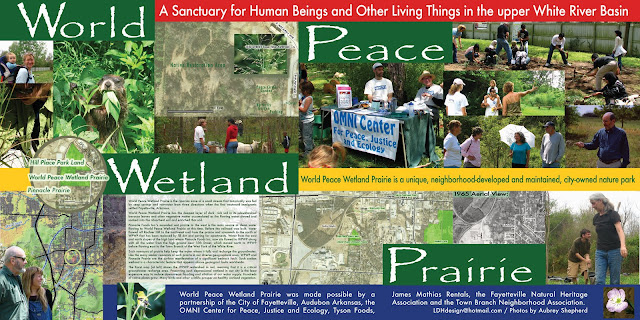Wondering what Climate Change will mean for you and what we can do about it?
Dr. Robert McAfee, Climatologist will speak at the Rogers Public Library from 6:30 to 8 p.m.
Tuesday, April 27, 2010 on The Realities of Climate Change... and what we can do about it! This event is free and all are encouraged to attend. Join him for an informed discussion, voice your concerns and have your questions addressed by the Climatologist who served on Governor Beebe's Global Warming Commission. For questions call Joanna Pollock at (708) 828-5695




